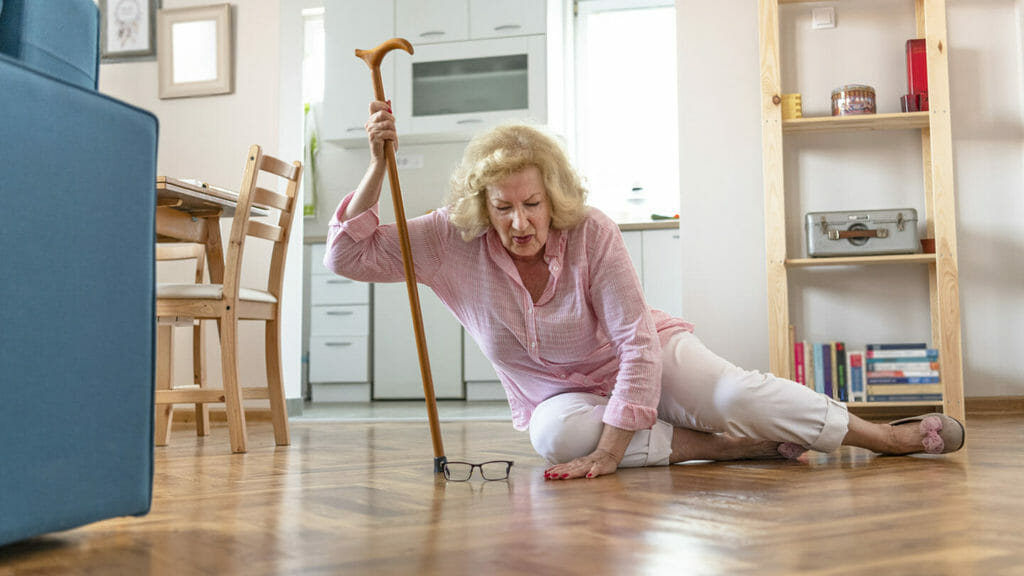
There’s a good amount of scientific evidence that functional exercises to boost leg strength and balance can be effective at preventing falls among community-dwelling older adults at an average or high risk, a new study shows. The other fall prevention strategy well-supported by research includes performing a clinical assessment to try and see which risks can be modified and tailoring a plan to an individual’s specific health status.
The report, published on Wednesday in JAMA, evaluated studies published between 2018 and 2023 to evaluate interventions to prevent falls. The team evaluated clinical trials spanning average-risk to high-risk individuals.
Investigators looked at exercise programs to improve balance and leg strength, initiatives to monitor and improve vision, techniques to modify living environments, programs to deprescribe drugs when appropriate, interventions for better foot care, and other programs.
Some of the major modifiable risk factors impacting older adults and leading to falls include peripheral neuropathy, Parkinson’s disease, stroke, cognitive impairment, gait abnormalities and vertigo. Moderate risk factors included frailty, arthritis, orthostatic hypotension, urinary incontinence, visual and hearing problems, and pain. Minor risk factors included heart disease, diabetes and having low or high body-mass index.
Medications were the most common modifiable outside risk factor for falls, the authors noted. Visual and hearing impairment, pain and orthostatic hypotension have the potential to be modified, the authors added.
Among 59 of the trials, programs using exercise to reduce falls were associated with 655 falls per 1,000 patient-years in intervention groups compared to 850 falls per 1,000 patient-years groups that didn’t exercise, the data showed. Of 43 trials that evaluated risk factors, programs that incorporated multiple risk factors (instead of just one) were tied to 1,784 falls per 1,000 patient-years in intervention groups compared to 2,317 falls per 1,000 patient-years in control groups. Other interventions that were linked to lowering falls included surgery to remove cataracts, podiatry interventions and environmental modifications.



